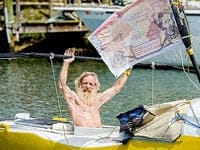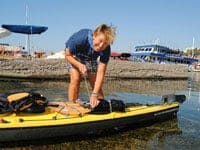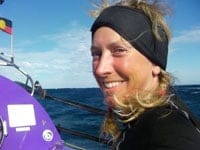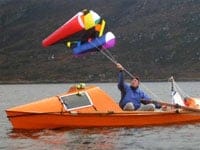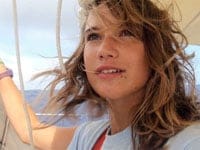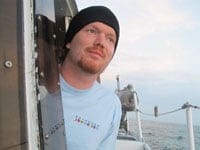 he S & G Night Heron plan calls for beveling the bilges’ edges, and I follow it exactly, the bevels will help forming the boat shape more precisely, and also help to strengthen the putty joints. At first, I intended to use my routers to do the edges’ beveling, but switch to the frequently – used angle grinder instead. With the angle grinder, it’s harder to do the job, but it allows you to adjust the angle along the bilges, it’s steeper toward the boat’s aft and bow.
he S & G Night Heron plan calls for beveling the bilges’ edges, and I follow it exactly, the bevels will help forming the boat shape more precisely, and also help to strengthen the putty joints. At first, I intended to use my routers to do the edges’ beveling, but switch to the frequently – used angle grinder instead. With the angle grinder, it’s harder to do the job, but it allows you to adjust the angle along the bilges, it’s steeper toward the boat’s aft and bow.
Next, I would add several layers of ‘penetrating epoxy’ onto the joined planks. This is my own experience in dealing with plywood, epoxy, and glassing. ‘Penetrating epoxy’ is nothing more than epoxy (with slow hardener, the B5) thinned with a solvent, I use xylene, which works best for me, mixed in 4/6 ((resin + hardener) / solvent) ratio. The plywood I could find here in Saigon is usually not of very high quality, I can see it absorb lots of thinned epoxy cause the veneer is so porous.
Using a slow hardener plus a solvent (applied in 3, 4 layers) causes the epoxy to cure slowly, usually within 12 ~ 18 hours. This prolonged time allows the plywood to absorb a significant amount of epoxy, and hence strenghthen the veneer. I estimate that the ‘penetrating epoxy’ adds up about 1 ~ 1.2 kg to the boat’s final weight, but that also helps glassing in the next steps to be more clean and strong, no more ‘white spots, white areas’ in fiberglass cause the wood is already well – saturated.
‘As usual’, I have the unpleasant feeling working with these long, narrow stripes of plywood. At this stage, they are very fragile and delicate, easy to break at any moment. But all would gradually build up strength once stitched together into a structure, have the seams filled with putty, and especially after being reinforced with fiberglass and epoxy. Nevertheless, it’s a very good feeling at this step to see the boat takes its initial shape, I work first on the hull, then proceed to the deck part.

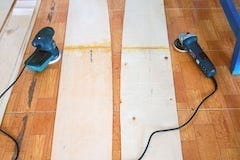
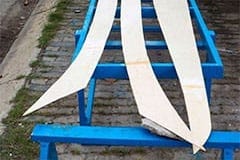
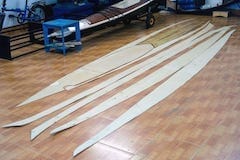
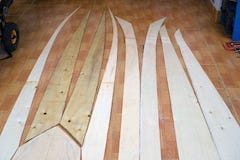
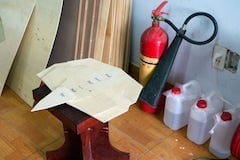
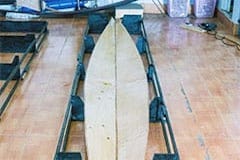
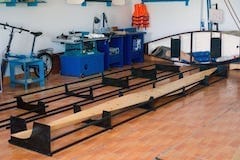
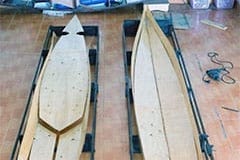
 nitially, I’d planned to use dovetail joint (or finger joint) to combine the plywood pieces together, but after cutting them, the 4 mm ply is quite thin and fragile to work on, so decided to use scarf joints instead. I used this Bosch laminate trimmer to remove 2 mm of ply on the surfaces, apply the TiteBond 2 glue, then clamp them together overnight. The Bosch fixed base router is an excellent tool, easy to adjust the bit’s depth, small enough to be handled comfortably.
nitially, I’d planned to use dovetail joint (or finger joint) to combine the plywood pieces together, but after cutting them, the 4 mm ply is quite thin and fragile to work on, so decided to use scarf joints instead. I used this Bosch laminate trimmer to remove 2 mm of ply on the surfaces, apply the TiteBond 2 glue, then clamp them together overnight. The Bosch fixed base router is an excellent tool, easy to adjust the bit’s depth, small enough to be handled comfortably.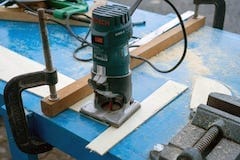
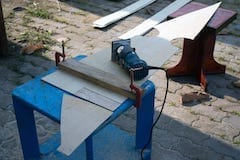
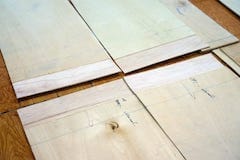
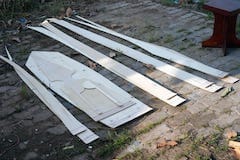
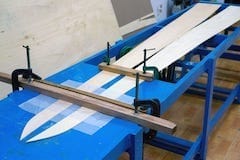
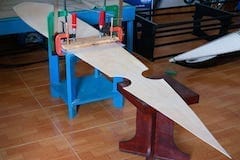
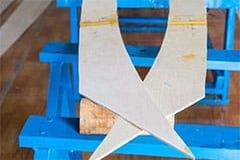
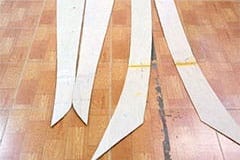
 aving put no pressure on a launch day, I spend my free time thinking over about the implementation details, trying to apply lessons learnt from my previous boats. From what I’ve learnt from the internet, boat building forums, books… to the reality is a quite different thing. Here in Vietnam, the materials, tools are not the same, no West System epoxy, no marine grade plywood, no good carbon fiber, even the vendors don’t know what is S – class fiberglass.
aving put no pressure on a launch day, I spend my free time thinking over about the implementation details, trying to apply lessons learnt from my previous boats. From what I’ve learnt from the internet, boat building forums, books… to the reality is a quite different thing. Here in Vietnam, the materials, tools are not the same, no West System epoxy, no marine grade plywood, no good carbon fiber, even the vendors don’t know what is S – class fiberglass.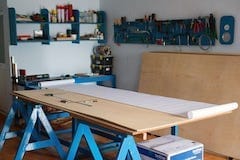
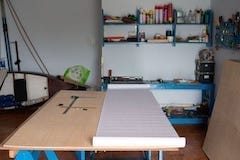

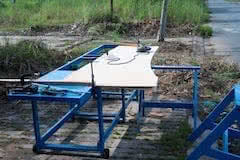
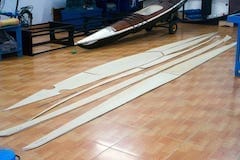
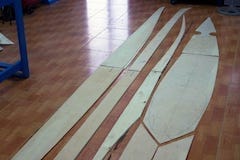
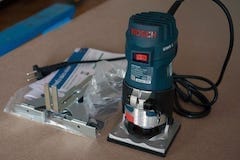
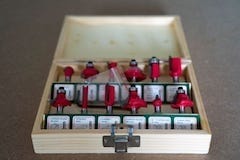
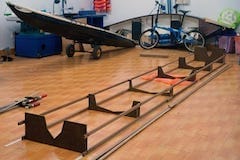
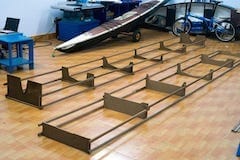

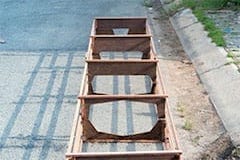
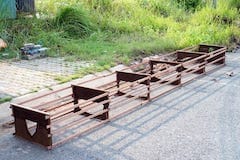
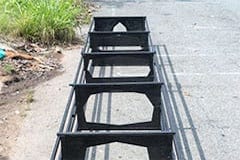
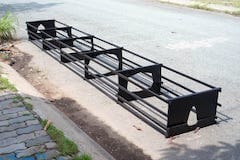
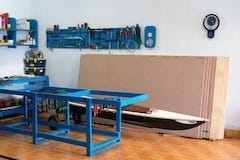
 ll preparations is almost finished, to “lay the keel” and start the building of Hello World – 3, my next boat, a Nick Schade designed, 18 feet (5.55 m) S&G Night Heron sea kayak. Many would ask why building another boat, while I’ve already had the Hello World – 1 & 2. Actually, HW – 1 is just a simple, slow canoe for poking around, HW – 2 is a recreational kayak suitable only for short trips, as proved in
ll preparations is almost finished, to “lay the keel” and start the building of Hello World – 3, my next boat, a Nick Schade designed, 18 feet (5.55 m) S&G Night Heron sea kayak. Many would ask why building another boat, while I’ve already had the Hello World – 1 & 2. Actually, HW – 1 is just a simple, slow canoe for poking around, HW – 2 is a recreational kayak suitable only for short trips, as proved in 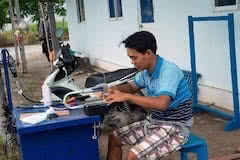
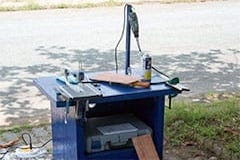
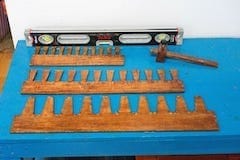
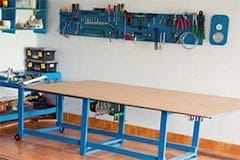
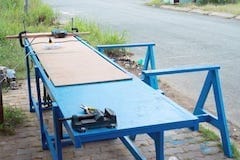
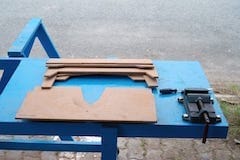
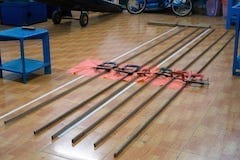
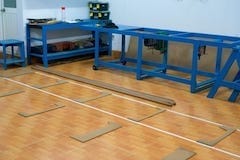
 ome more updates for the A – Watery – Saigon photo album, some miscellaneous thoughts. I’m no real photographer to say anything insight about photography, most of the time, I have the camera in automatic mode and make quite random shots just to show I’ve been there, done that… For the last few years, I’ve been watching many young Vietnamese ‘professional photographers’ who made great efforts in capturing landscape pictures, e.g: waiting for multiple days on a mountain top to catch the right moment, etc…
ome more updates for the A – Watery – Saigon photo album, some miscellaneous thoughts. I’m no real photographer to say anything insight about photography, most of the time, I have the camera in automatic mode and make quite random shots just to show I’ve been there, done that… For the last few years, I’ve been watching many young Vietnamese ‘professional photographers’ who made great efforts in capturing landscape pictures, e.g: waiting for multiple days on a mountain top to catch the right moment, etc…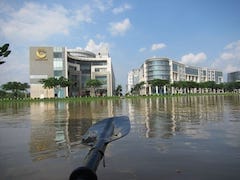
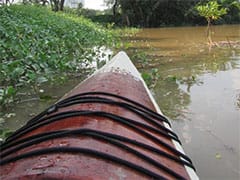
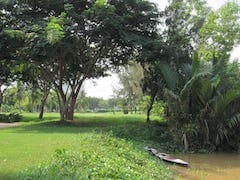
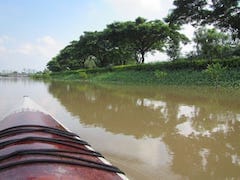
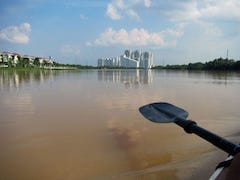
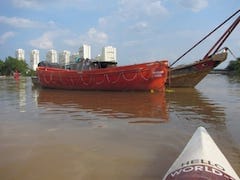
 on’t expect myself to become a marquetry craftsman & artist, but decided to try anyhow. The first reason: to decorate my upcoming boat with some mother – of – pearl inlays, the second reason: to train myself the patience and detail – oriented characters which I apparently quite lack of, the third reason: just for the beauty of the extremely fine art of wood marquetry. It’s too early to say at the moment if I can produce good results, but let just try and see!
on’t expect myself to become a marquetry craftsman & artist, but decided to try anyhow. The first reason: to decorate my upcoming boat with some mother – of – pearl inlays, the second reason: to train myself the patience and detail – oriented characters which I apparently quite lack of, the third reason: just for the beauty of the extremely fine art of wood marquetry. It’s too early to say at the moment if I can produce good results, but let just try and see!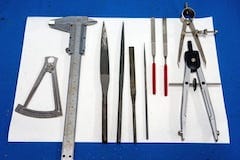
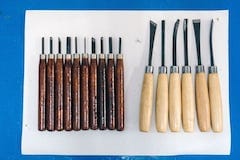
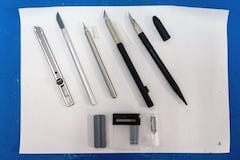
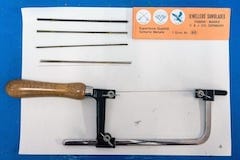
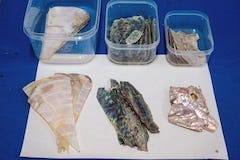
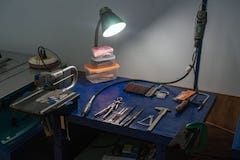
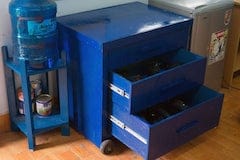
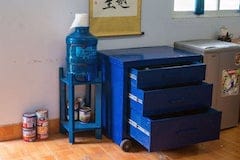
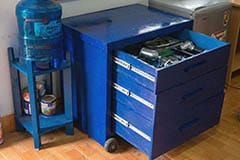
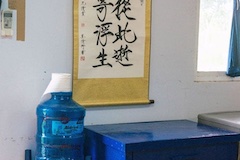
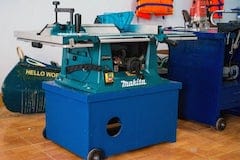
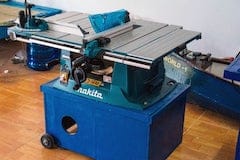
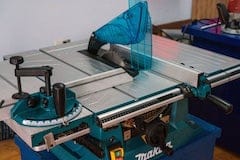
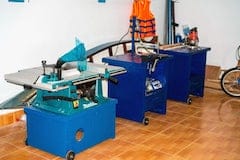
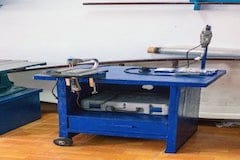
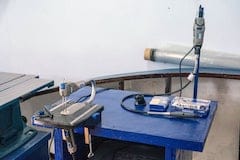
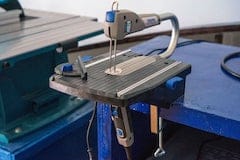
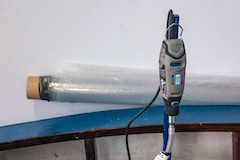
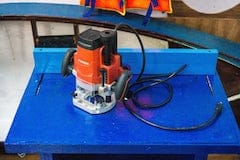
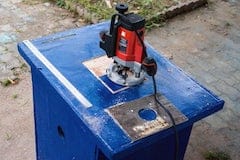
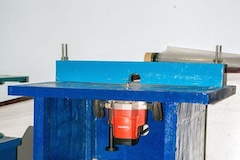
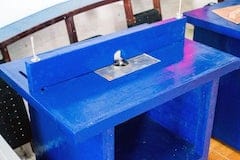
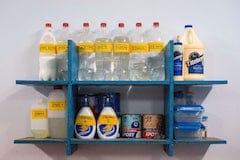
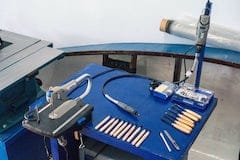
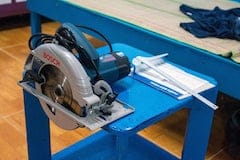
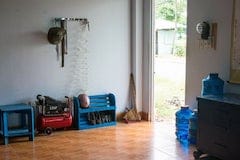
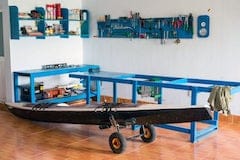
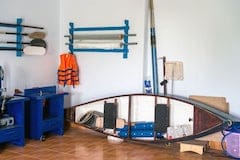
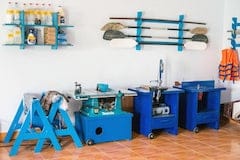
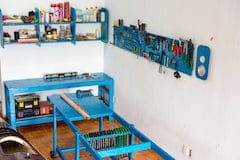
 ften, I’m not quite pleased with my boat building products, it’s not up to the quality level I’m expecting. And quite regularly, I’m in a dilemma situation that I don’t know what I should improve on: my craftsmanship or my seamanship. (Well, I know, all sound big bold words: craftsmanship & seamanship, but let use them anyhow). The fact is that I’ve just turned to woodworking and boat building for around a year, there’re lots of things still to learn and to improve.
ften, I’m not quite pleased with my boat building products, it’s not up to the quality level I’m expecting. And quite regularly, I’m in a dilemma situation that I don’t know what I should improve on: my craftsmanship or my seamanship. (Well, I know, all sound big bold words: craftsmanship & seamanship, but let use them anyhow). The fact is that I’ve just turned to woodworking and boat building for around a year, there’re lots of things still to learn and to improve.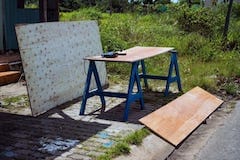
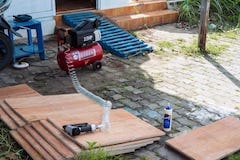
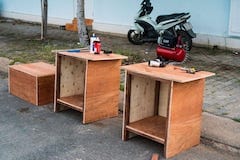
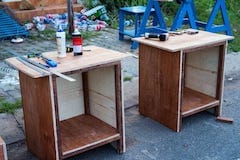
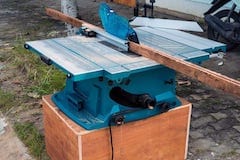
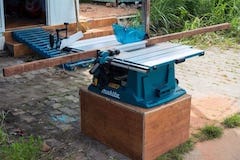
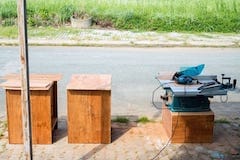
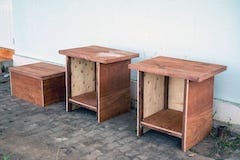
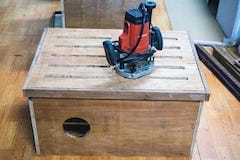
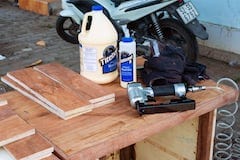
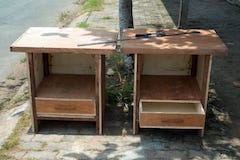
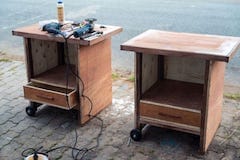
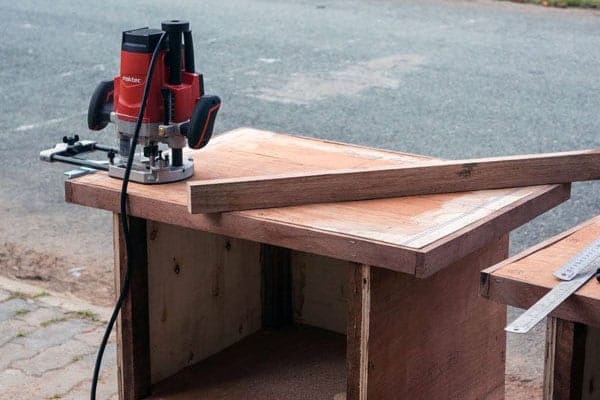
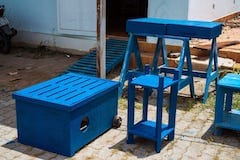
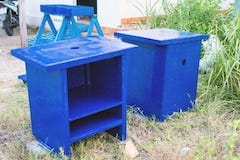
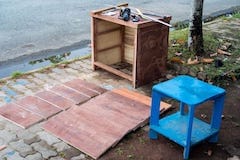
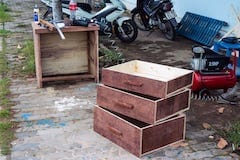
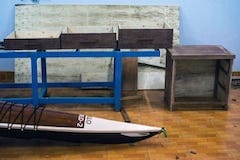
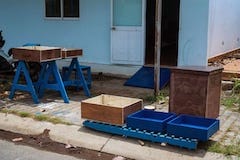
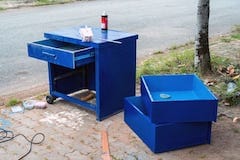
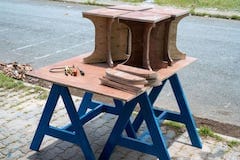
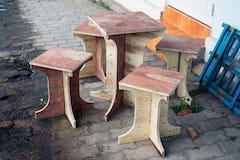
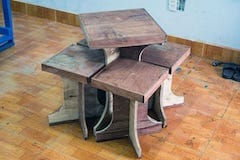
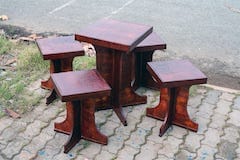
 ver thought that the Golden Age of Great Explorers was long over!? Think twice, it’s not quite so indeed. There’re lots of great adventurers out there still nowadays going on redisconvering old things in new ways, in finding the meanings for their lives. Below are just a few of them… men, women; teenagers, middle ages, old ages; paddlers, rowers, sailors… all in a very long list of figures which I follow closely and passionately along their adventurous paths. Read their stories thoroughly to understand their thoughts and attitudes toward life.
ver thought that the Golden Age of Great Explorers was long over!? Think twice, it’s not quite so indeed. There’re lots of great adventurers out there still nowadays going on redisconvering old things in new ways, in finding the meanings for their lives. Below are just a few of them… men, women; teenagers, middle ages, old ages; paddlers, rowers, sailors… all in a very long list of figures which I follow closely and passionately along their adventurous paths. Read their stories thoroughly to understand their thoughts and attitudes toward life.